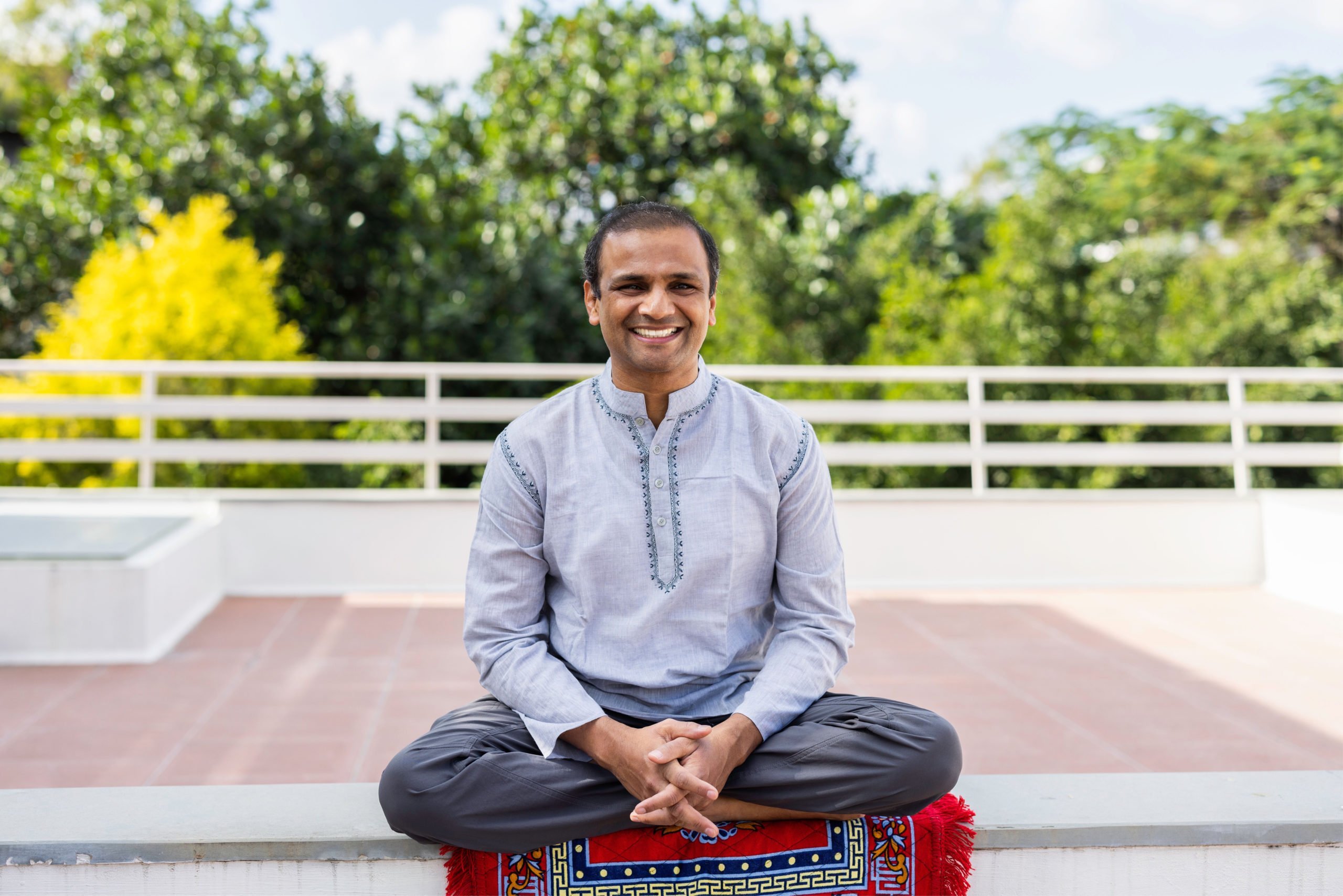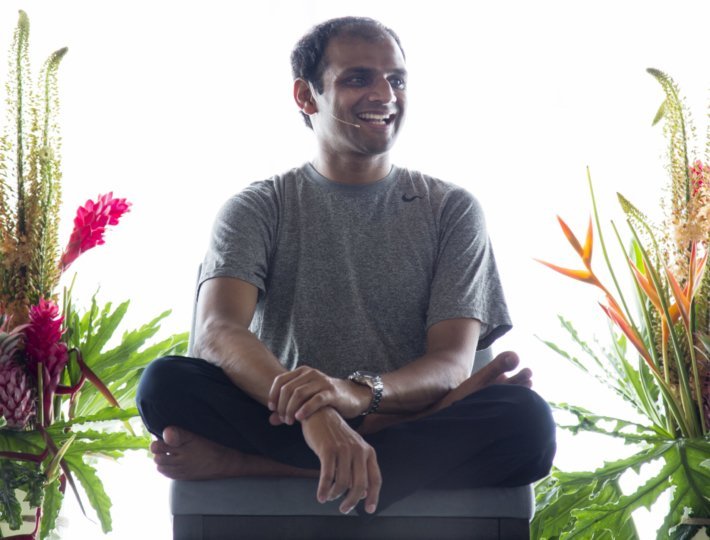Earth, water, fire, and air are four natural elements that represent different aspects of life. Connecting to each one is the basic principle behind the practice of what’s often called “elemental meditation”, which is taught in yoga retreats and addiction recovery centers. While this particular practice is not as widely used as other forms of meditation (like Transcendental Meditation), it is lauded by the teachers and therapists who utilize it for its ability to allow practitioners to take a step back from their problems and feel less attached to their bodies, possessions, and life challenges.
The art of meditation on the elements is deeply rooted in Buddhism. In the Theravada tradition specifically, which originated predominantly in southeast Asia, they commonly reference the four elements, which make up all material in the world including—you guessed it—our bodies. Sharon Salzberg, author of Real Happiness: The Power of Meditation and teacher at the Insight Meditation Center, says that a practice that deconstructs the body, which we tend to be very attached to, is often broken up into these four elements to serve as a starting point for a deeper understanding of materiality and interconnectedness of the world. The Visuddhimagga, one of the great commentarial texts in Buddhism, describes it in this way:
“In this body what is hard or rough is the earth element, what is flowing or cohesion is the water element, what is maturing (ripening) or heat is the fire element, what is pushing or supporting is the air element,”] and he should advert and give attention to it and review it again and again as earth-element, water-element, fire-element, air-element, that is to say, as mere elements.”
Salzberg notes that “often as we concentrate, one or another of the elements might get more predominant than the others, and we feel the physical effects of that. There have been times in my practice where I’ve felt very hot, despite sitting in a cool place, or very cold despite sitting in a hot room—the effect of the fire element. You might experience your body as light as a floating feather, or so heavy it feels as though a mountain was sitting on you—the earth element. The flow of liquids in your body is from the water element, and the movement— swaying, rocking, etc.—that can arise in meditation is from the air element.” Seeing our bodies in this way helps us understand each individual element viscerally, thus giving us greater understanding of our surroundings and allowing for less attachment to our specific, physical bodies.
Related: A 20-Minute Breath Meditation for Advanced Practitioners
This emphasis on physical sensation is common in this practice, and each element is correlated with various parts of the body. In order to feel the hardness of the earth, for example, the tradition suggests biting your teeth together and feeling their hardness, eventually feeling that sensation throughout your whole body. The idea being, if we’re able to successfully focus on the physical associations of each of these elements and then convert our thinking about them into thoughts about the elements themselves, the clinging and attachment we are conditioned to feel to our bodies and the material things around us becomes less prevalent. Ultimately, the goal of this meditation is to achieve some kind of peace, whether it’s the religious concept of nirvana or something more secular, like simply being at peace with yourself.
This way of thinking lets people separate themselves from their problems, which then become much smaller within the context of the world as a whole. In other words, when you put your personal issues in perspective in relation to the entire universe, it’s a lot easier to feel less upset about them. According to Salzberg, another way to view this is to acknowledge that “our body is not just one thing, but a continuously changing, arising and passing away reconfiguration of these elements. Seeing this impermanence and insubstantiality helps free us from all that fruitless clinging, and actually we are a lot happier.”
Related: How Meditation Helped Me Overcome Severe Anxiety
It makes sense that focusing on the smaller pieces (the elements) that make up everything around us would help people feel more accepting of their situation, and also more connected to the world in general. When the sentiment that we are all built from the same stuff is present, suddenly huge issues seem more manageable and perhaps less urgent as well. Realizing that all humans are made from the same material can help people understand each other better, too. This practice really comes down to the idea that connecting with the world and others helps our mental state, which is a concept anyone can benefit from, no matter how big or small their problems may seem.








Comments (0)